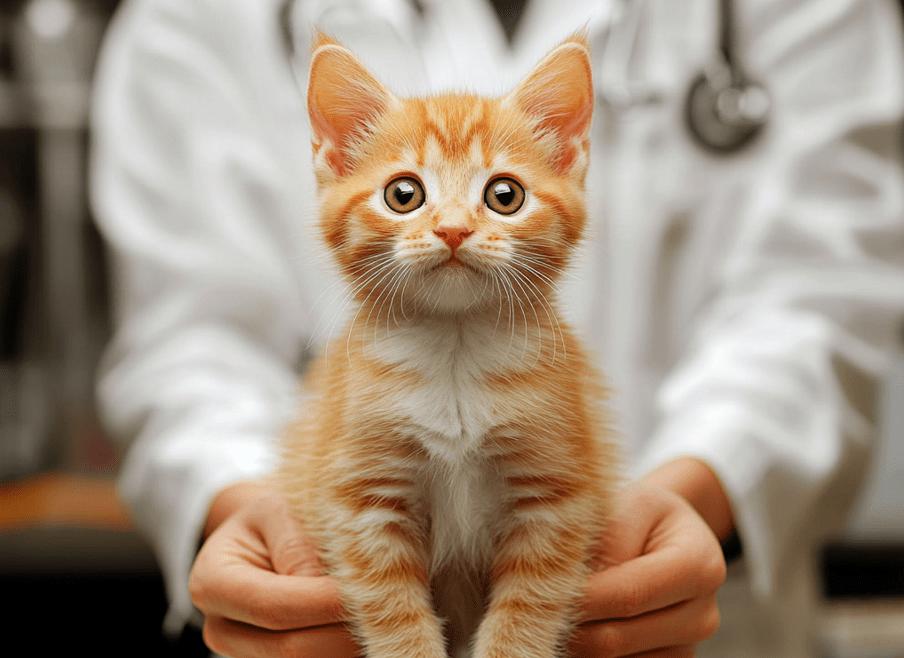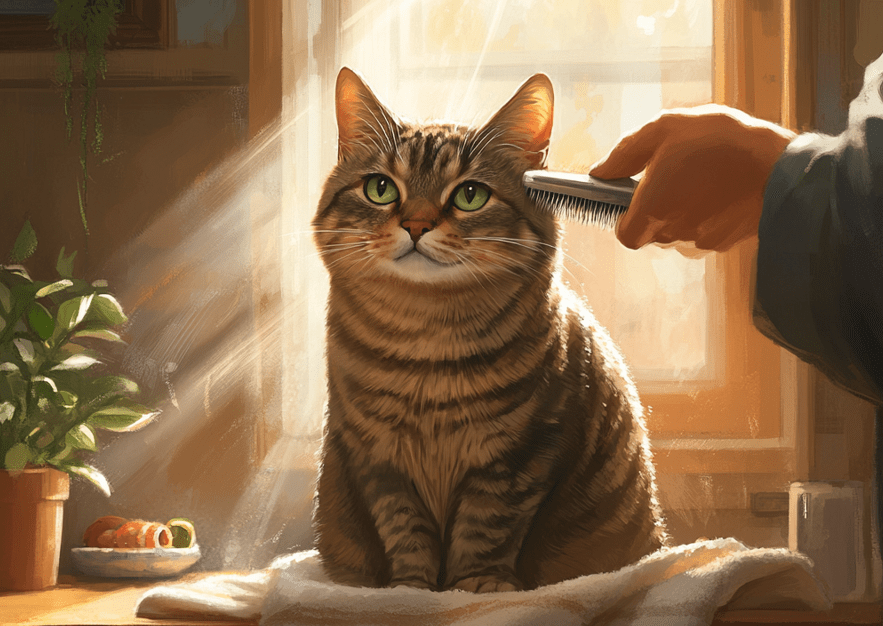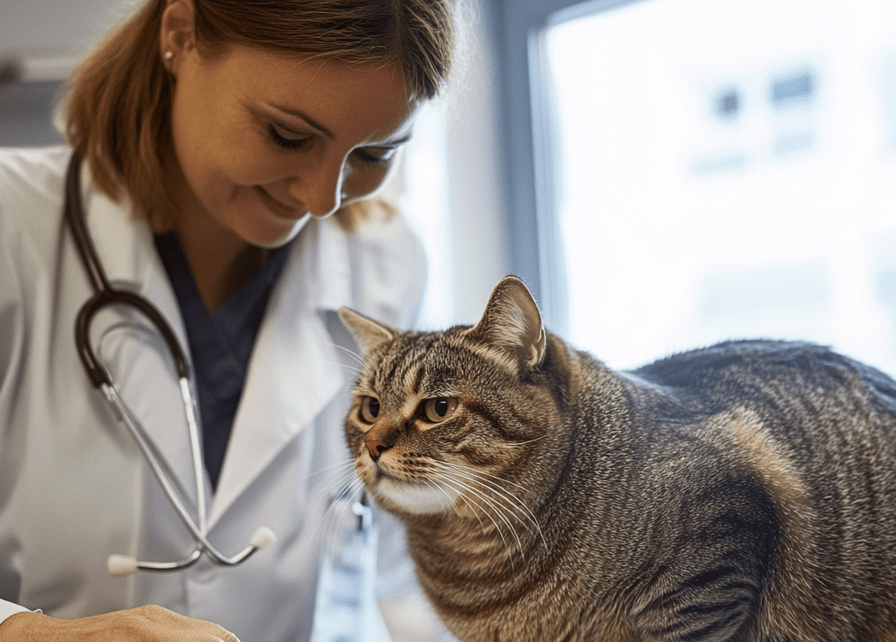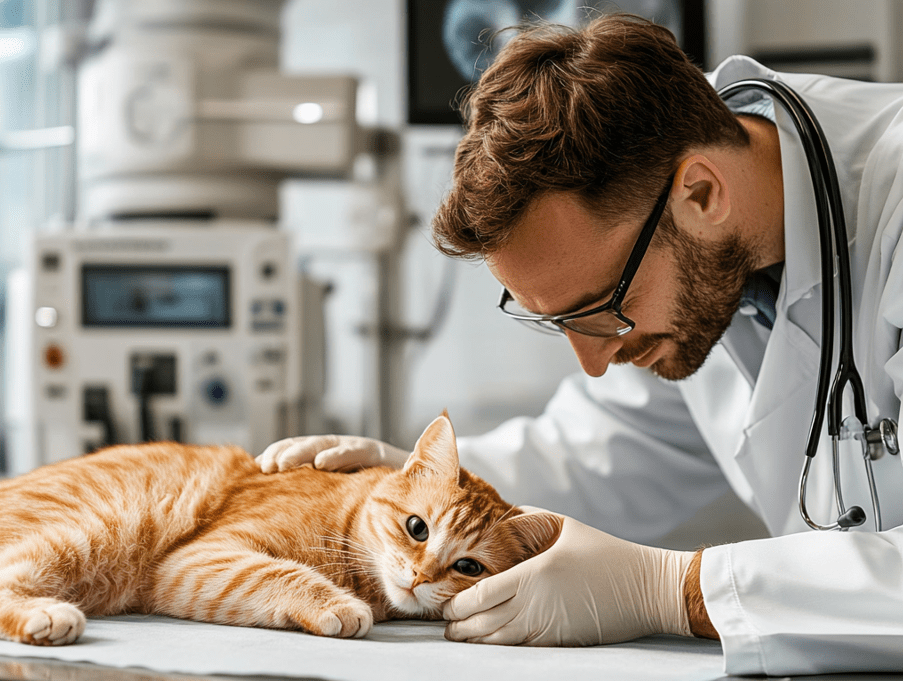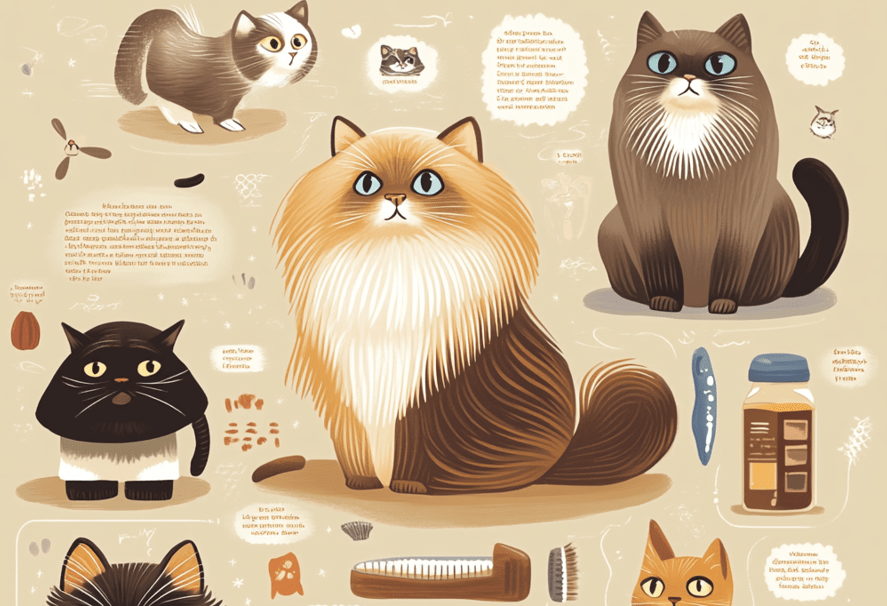
The best cat grooming practices are the key to ensuring that your cat is healthy, happy and more comfortable throughout their lives. You not only get to improve your health but also can have some quality time together with your pet. Grooming keeps the rate of shedding low; prevents skin problems; and has psychological effects as well. The following are some tips for great grooming for new as well as those who are already experienced when it comes to cat ownership. Here is a simple guide that will provide you with all the important grooming techniques to enable your cat to maintain healthy skin.
To watch the summary of this article, just watch this video-
Understanding Your Cat’s Grooming Needs
Every cat is different, and its grooming potential depends on the coat type, the breed, its age, and its health state. Another thing to bear in mind is that all cats are unique, so, all cats need a different grooming schedule.
Coat Type:
Specifically, long-haired cats require grooming more often than short-haired cats do, yet both breeds should receive the attention of a brush.
Breed and Health Considerations:
Puppies like the Persians or the Maine Coons for instance have thick fur and are likely going to require more care. Sick cats who cannot move well around might need help grooming because it is hard for them to get some areas.
Age:
As more mature felines reach old age, they may even struggle to groom themselves appropriately, and therefore their owners need to assist.
Having this in mind will assist one in Read More, in arriving at the right grooming decision that suits a specific cat.
Brushing Your Cat
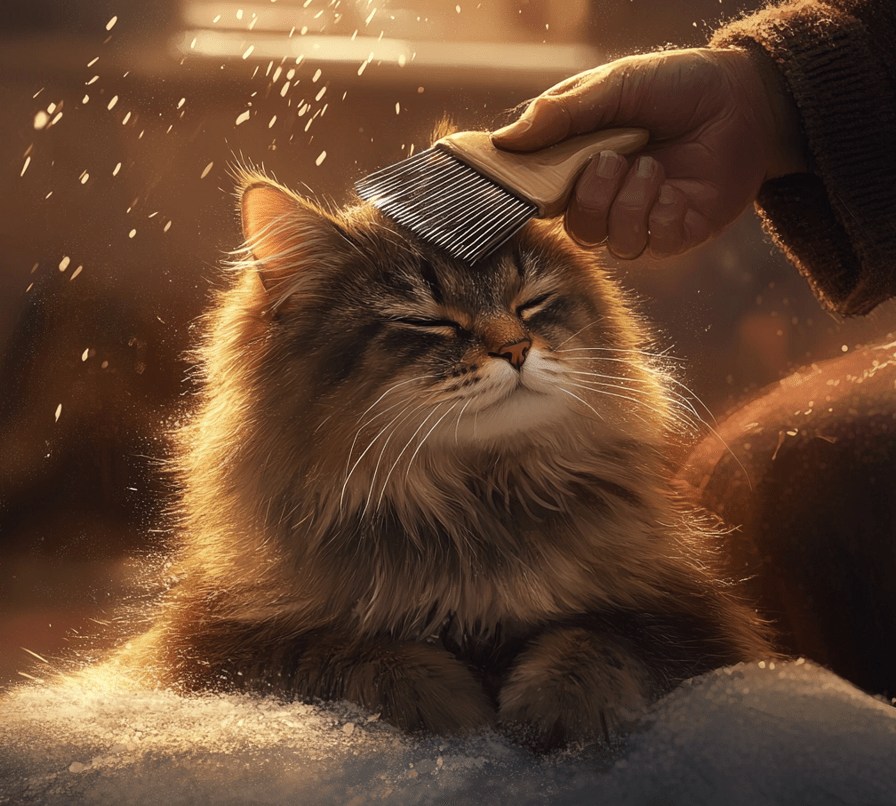
Grooming is a natural process in any cat and brushing especially is an important grooming process. Not only does it keep the skin smooth and the fur glistening it will also minimize hairball, and matting, and improve circulation.
1.Choosing the Right Brush: If you have a short-haired cat, choose a bristle brush appropriate to the hair type of your cat.
2.Slicker brush: Great tool for giving long-haired cats a grooming to detangle and de-mat.
3.Pin brush: Very good for cats with medium coats as a way of decimating their hair to prevent tangles.
4.Comb: Perfect for both, short and long-haired cats as it helps to get rid of the fallen fur and matting.
5.Rubber grooming gloves: It is particularly suitable for short-haired cats to further gently remove the new Merkel cell hair and improve skin stimulation.
Brushing Techniques
Short-haired cats: Bathe once a week because your cat may lose fur and develop a dull coat when it needs grooming.
1.Long-haired cats: This will help eliminate tangles and matting or having to trim your dog’s hair often.
2.Thick-coated cats: A comb or de-shedding tool to thread through the thick hair coat to strip off the undercoat.
3.How Often to Brush: The frequency is different depending on the coat type. Mainly long-haired cats should be groomed daily while short-haired cats may only need grooming every week.
Bathing Your Cat
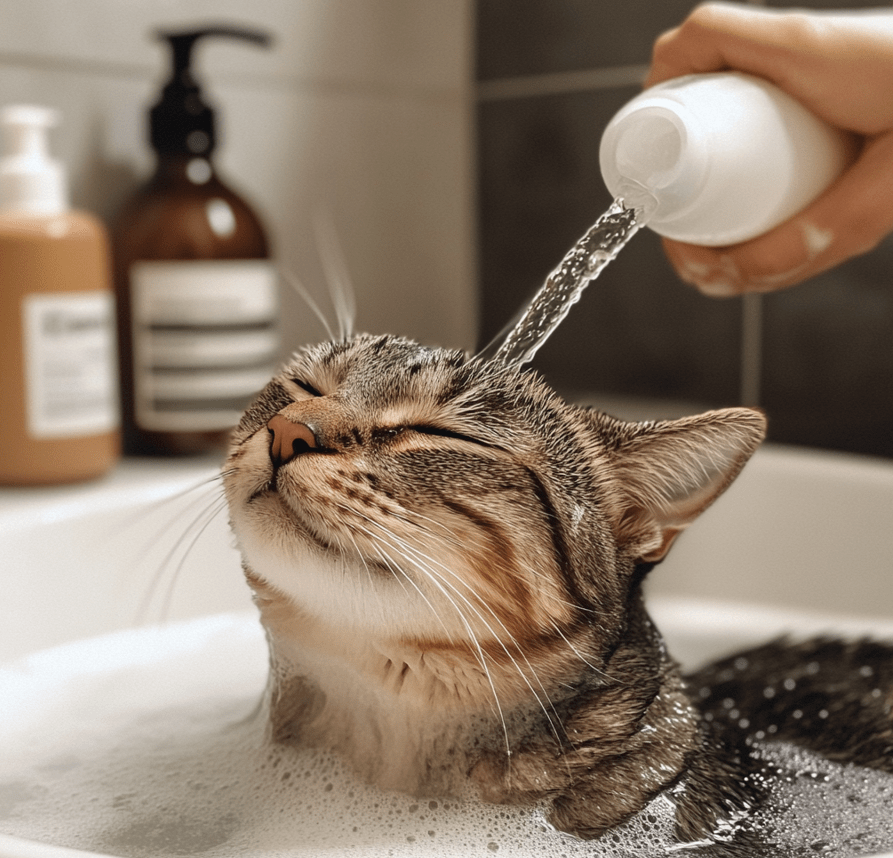
By and large, cats self-groom and although this is true, they require bathing at times such as when they have rolled in dirt, have skin issues or other health complications.
1.When to Bathe: Cats do not require regular bathing as most owners fail to do it in the correct way when it is necessary. But circumstances where it may be necessary to bathe the dog include dirt, skin disease, flea attack, or a bad smell.
2.Bathing Steps: Prepare the space: Bathe your cat in a sink or tub with no-slip bottoms, water that is lukewarm and cat-friendly shampoos.
3.Minimize stress: Make sure not to scare the cat with things you say, and avoid pouring water on the cat directly; instead, use water from a cup or even the shower head to face the cat slowly.
4.Rinse thoroughly: Ensure that all the shampoo has washed off for purposes of avoiding skin irritations.
5.Drying Your Cat: During the grooming process, pat the furred coated cat dry with a towel, and leave to dry naturally in a warm but secure area. If this becomes unbearable, then, allow the hairdryer to be switched on at a low heat if needed.
Nail Clipping
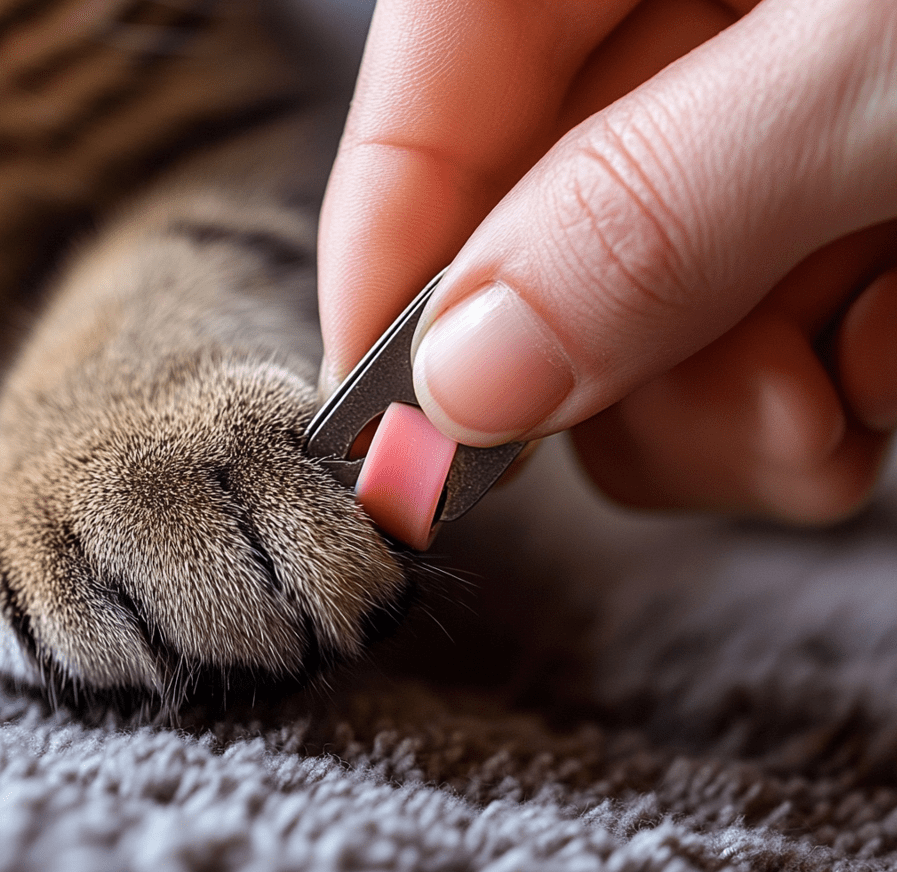
It is crucial to this strand to discuss that grooming is important since you want a safe cat that doesn’t destroy furniture. When nails grow long, your cat may scratch itself or others inflicting pain, or it may scratch furniture instead of its nails.
Why Nail Clipping is Important:
This is because trimming is done severally, thus helping to eliminate painful claw growth and preventing your home from being scratched by sharp claws.
How to Clip:
1.Regular your pet’s nails with the help of a cat nail clipper designed for this purpose only.
2.Cut just the very apex of the nail, do not cut the pinkish area on the nail known as the ‘quick’.
3.Begin by simply pinching the cat’s paw and pushing to make the claws come out and cut just a bit of them at a time.
4.How Often to Clip: In most cases, clippings should be done every fortnight to a month or sometimes in 2 months depending on the hair growth rate. However, this depends with the rate at which your cat’s nails grow.
Ear and Eye Care
Physical wellbeing of the ears and eyes are important constituents to cat grooming. This way schedules inspections may prevent the deviation from normal or allow identifying problems in time.
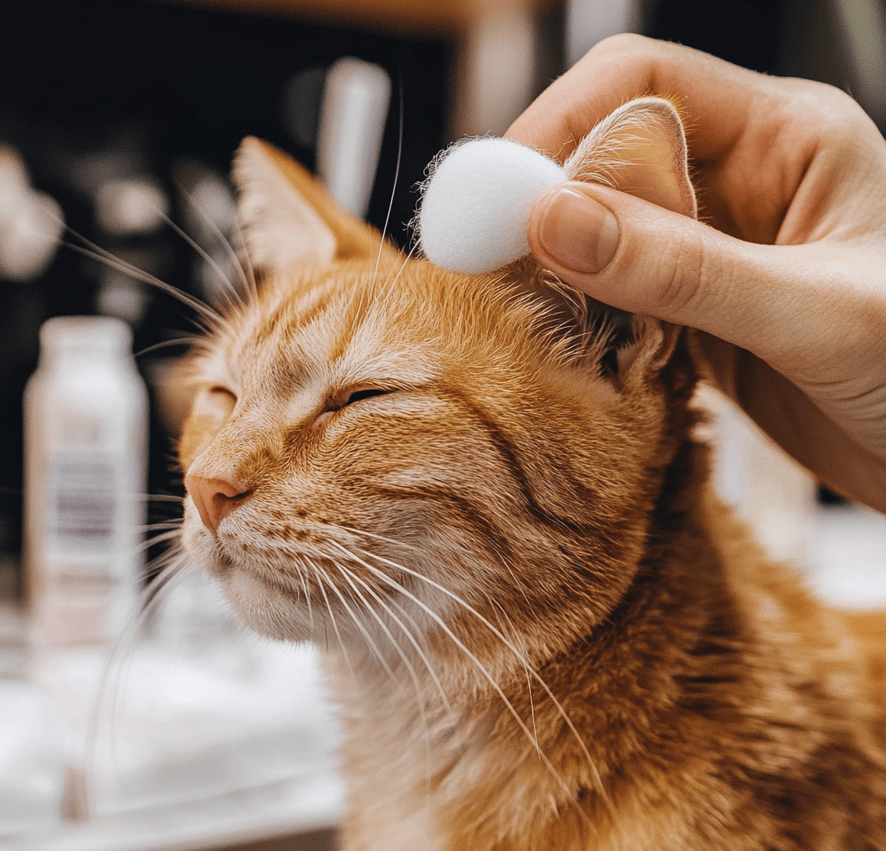
Ear Care:
1.Examine on signs of ear infections like scratching, redness or production of some discharge.
2.This should be done by use of a damp cotton ball or a vet approved cleaner wiping the outer ear.
Eye Care:
1.Wipe the discharge around your cat’s eyes with a wet and gentle cotton.
2.Be aware that signs of eye discomfort, including, squinting or tearing may indicate irritation or an eye infection.
3.You should also contact your veterinarian if any of these signs or symptoms persist.
Making It Easier:
If your cat attempts to flee, use the clippers only as an approach and begin by simply touching the paw. To encourage positive behavior, you can give your cat a treat.
Dental Care for Cats
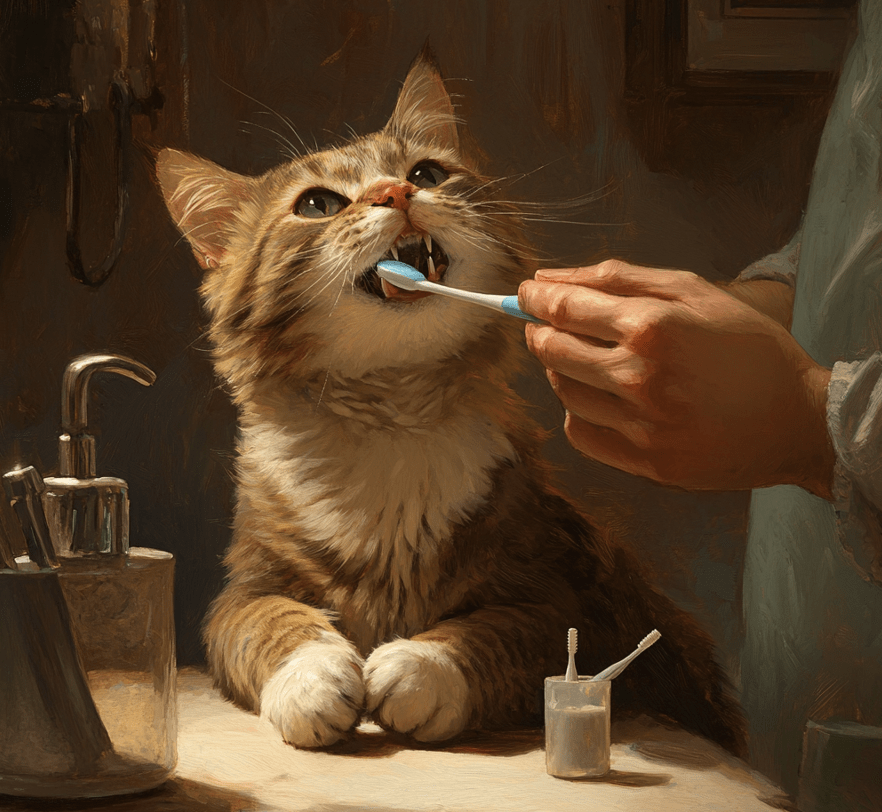
Many people ignore oral health, but it is important if you want to avoid bad breath, tartar and gum diseases.
Why It’s Important:
Failure to seek dental care if they occur will lead several other related ailments hence the need to start early.
How to Clean Your Cat’s Teeth:
1.Get the cat specific brush and toothpaste that will not harm the cat as you brush its teeth.
2.To get your cat used with brushing, choose short sessions at first then offer your cat treats after each session.
3.Dental Products: You can also opt for the dental wipes, water additives or special dental treats formulated to help in prevention of plaque and tartar.
Vet Checkups:
Another advantage of routinary vet visits is that any severe problem concerning the cat’s oral hygiene will be detected and treated.
Managing Shedding
Cats naturally shed but it is possible to reduce shedding and maintain cleanliness within your home by following some of the following grooming tips.
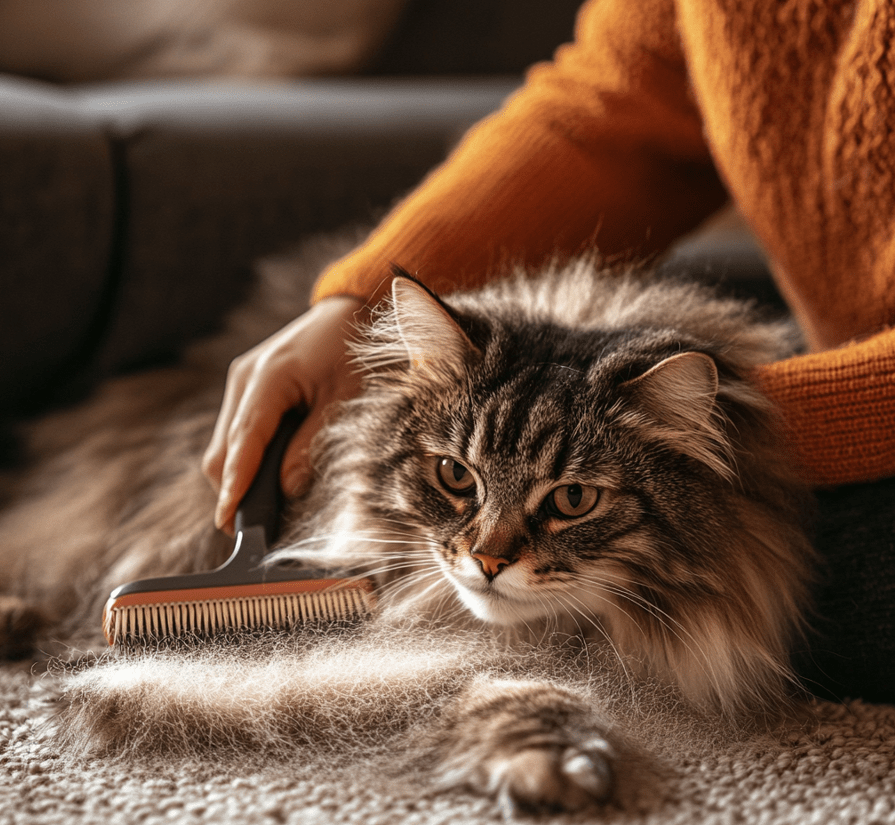
Why Cats Shed:
Baldness in cats is a normal occurrence as the animals contin to lose old or damaged hair.
Managing Shedding:
Some of the grooming techniques involved includes brushing the fur often especially using a de-shedding brush to control the amount of fur which sheds.
To get rid of hair in furniture and clothes lint rollers or vacuum them often.
Additional Tips:
To feed your cat right, own high protein diets which enhance a lovely coat of fur; you can also use air conditioners to minimize the dispersal of loose fur in the house.
Special Need Cat Grooming
Cats are also bound to have some needs that demand grooming care beyond the normal standard cats.
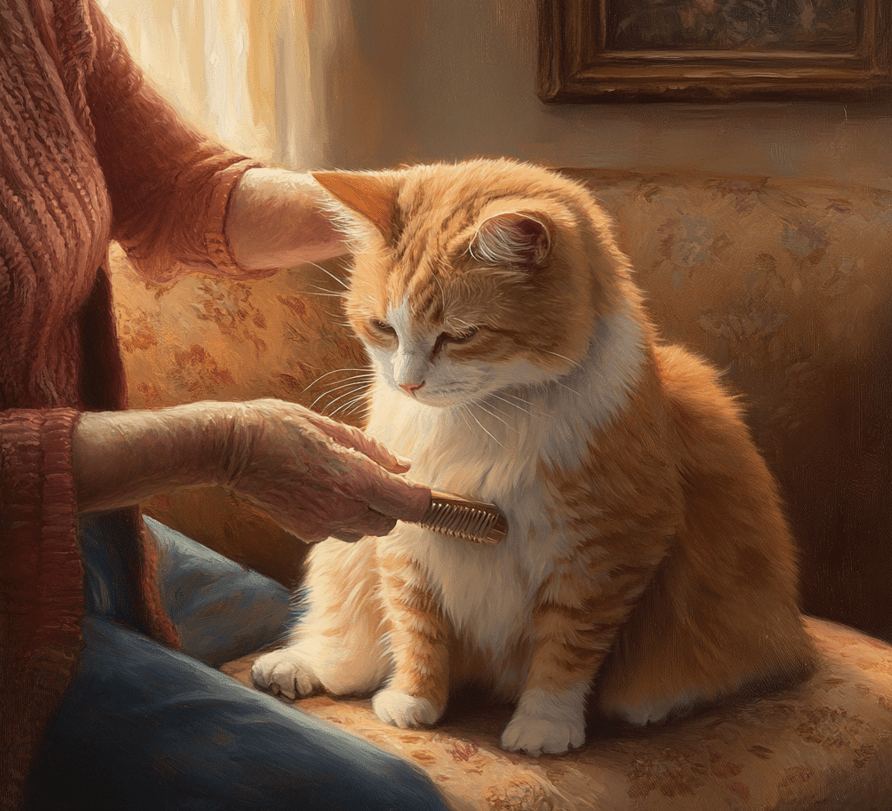
Senior Cats:
Older cats may experience difficulties with grooming because of some pain in their joints or Reduced ability to flex their bodies. Extend the hand of help by the way of increasing brushing frequency and ensuring it is done lightly.
Health Conditions:
Obese or arthritic cats may have difficulty grooming themselves and may need your help when grooming sensitive body areas.
Anxiety-Prone Cats:
If your cat is an anxious one, do groom gently, and ease the process. It is advisable to introduce them to the process of grooming by giving them short sessions in which you only focus on positive grooming.
Top Grooming Errors Not to Make
We also need to avoid some pitfalls that may injure your cat or make grooming a traumatic experience.
Over-brushing or Under-brushing:
If you over do this on your cat you will end up ruing their skin fur whereas if you under do it, you will end up having to deal with some piled up mats and tangles.
Wrong Tools:
For this reason, the choice of grooming tools to be used should always be appropriate to the coat of the cat in question.
Bathing Too Frequently:
Cats are clean animals and should not be bathed often as these removed oils on the fur leaving it dry.
Ignoring Skin Issues:
In case you find any changes on the skin that do not look normal (such as dry skin, lumps, or you find that your pet is shedding more than usual), seek veterinary advice.
Conclusion
Grooming, is one of the most important and fulfilling tasks of cat care. With proper cat grooming tips… you are assured of a shiny coated cat with healthy skin, and most of all a well-cared for, comfortable cat. I will always advise any cat owner that the most important things to remember are patience, consistency and the knowledge of the cat you have. Turn it into fun experience for both of you, and you will always have well-groomed pet to stay with.

